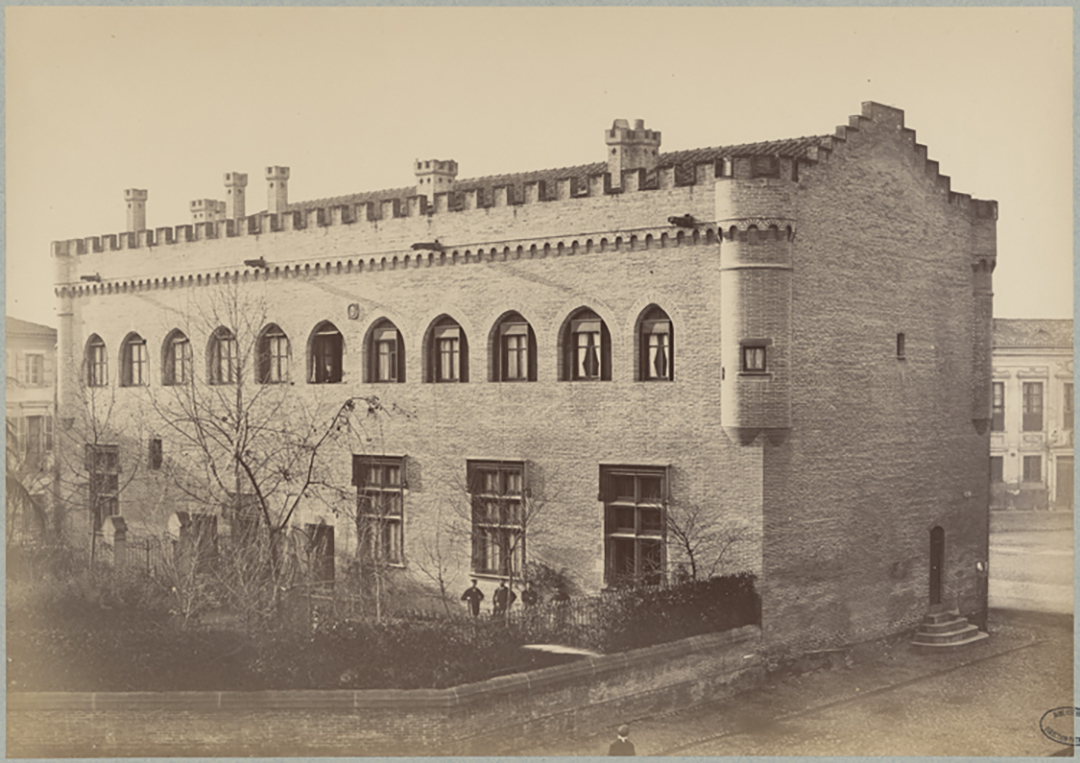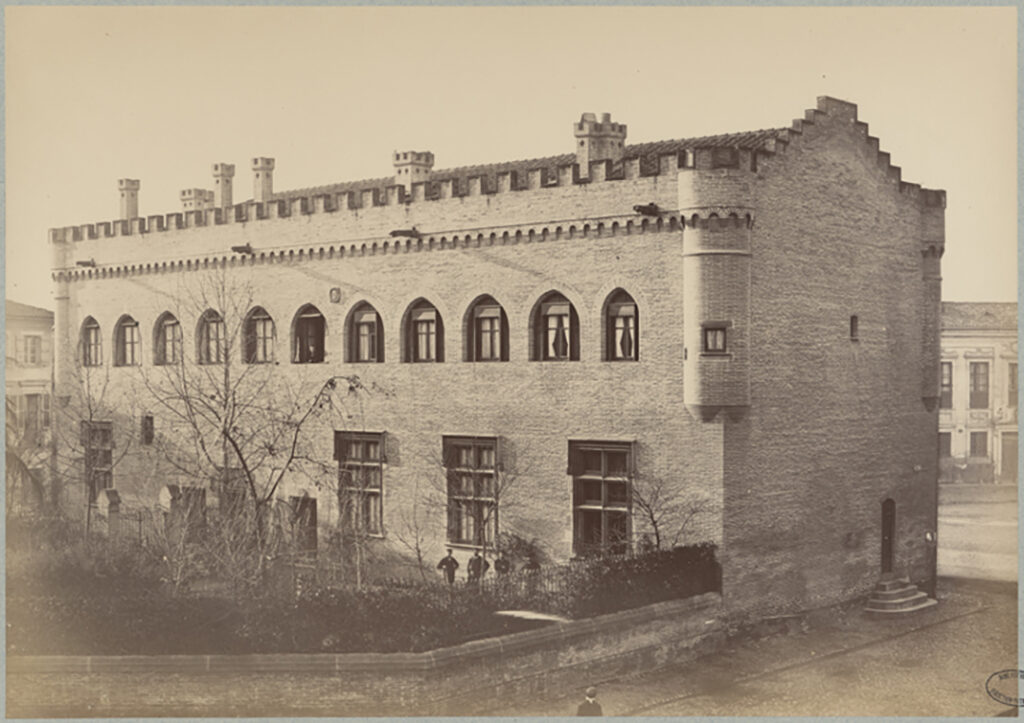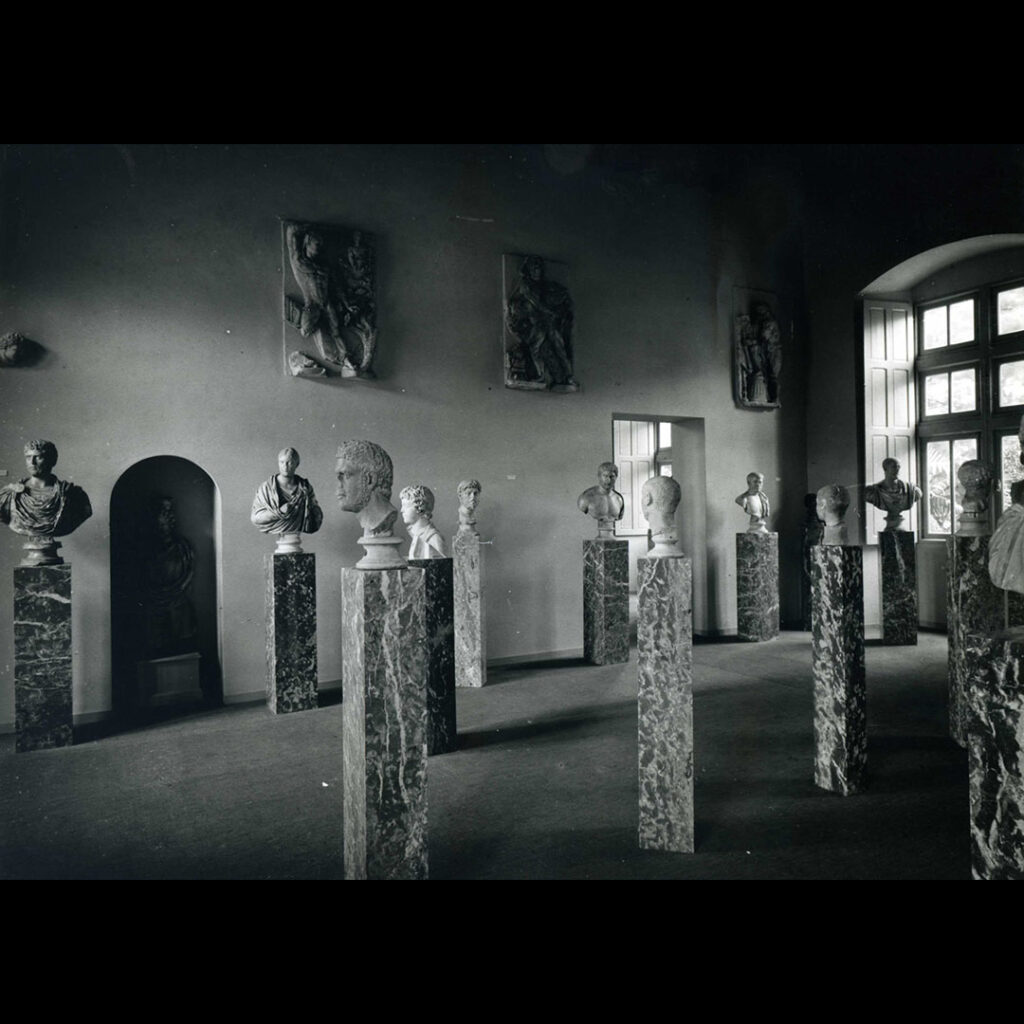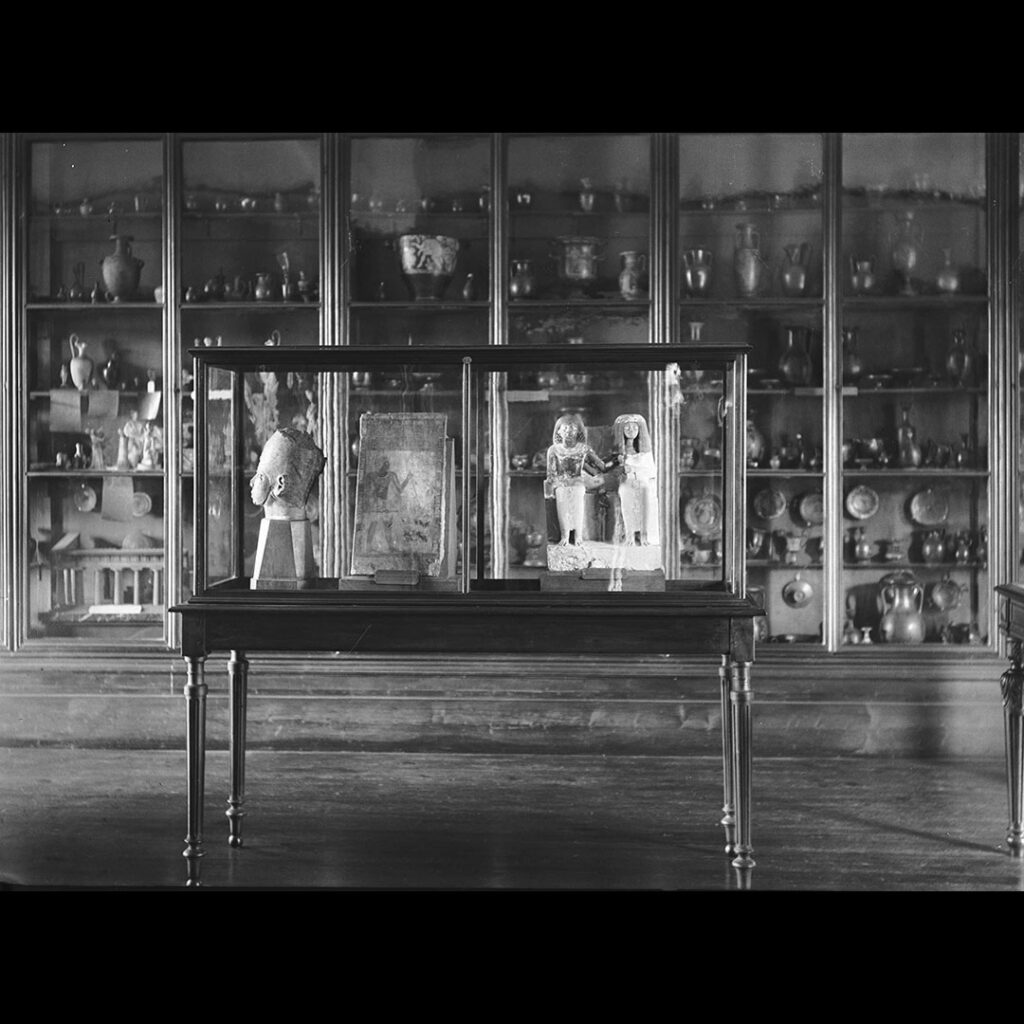Museum, historic monument and archaeological site

As you will have gathered, the Musée Saint-Raymond doesn’t do things by halves. The history of Toulouse and its region is everywhere: within the objects you can see during the tour, within the building, a former 16th-century college, and within the basement, which houses an archaeological site bearing witness to over a thousand years of history.

The building housing the Musée Saint-Raymond is a former university college, founded in the 13th century and rebuilt in 1523 by the architect Louis Privat.
Composed of 76,000 bricks (it’s hard to use stone when there’s no quarry nearby!), it is one of the rare vestiges of university architecture in Toulouse from that period. This college and its outbuildings, which have now disappeared, provided accommodation for poor students who came to study theology, medicine, law or the arts.
All the buildings were declared national property during the French Revolution, before being purchased by the city of Toulouse in 1836.
The outbuildings and part of the building were destroyed when a large square was laid out around the Basilica of Saint-Sernin in 1852-1853. Only the college’s main building was preserved. The monument was restored by Eugène Viollet-le-Duc between 1868 and 1871 and made available to Saint-Sernin to house its presbytery.
The Musée Saint-Raymond finally moved here in 1892.
The building has been listed as a Historic Monument since 1975.
In 1994-1996, archaeological excavations were carried out as part of the work in the museum’s basement. They brought to light a number of vestiges, some of which have been incorporated into the tour:
- a necropolis from Late Antiquity;
- a lime kiln;
- the foundations of Toulouse’s oldest hospital, dating from the early 12th century, which housed poor people, including students, before the college was built;
- the foundations of the first college, built in the 13th century, destroyed by fire three centuries later and replaced by the current building.
The museum’s current basement contains what remains of all this history.


Photograph probably taken in the 1940s.

